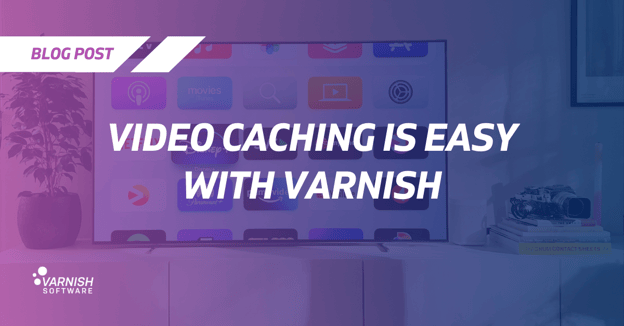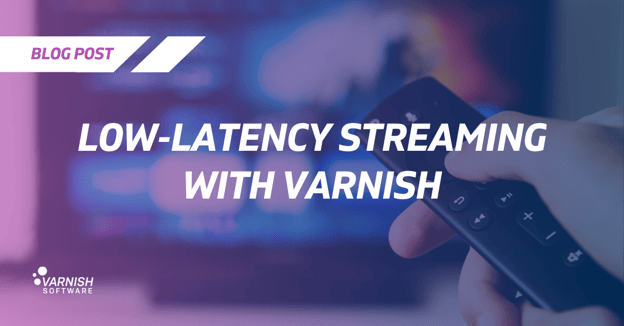It might be reductive to explain in any great detail the difference between live/linear streaming versus OTT (over-the-top) or on-demand streaming. Most people reading this probably know the difference. That said, there might be people reading this who nevertheless want to learn more and may even be looking for help in implementing or optimizing their HTTP streaming solutions.
Linear v OTT: What’s the difference?
Quickly: Linear (or live) streaming is exactly what its name implies. It is the streaming of a live event in which all viewers are watching the same live event at the same time. The dataset is quite limited. Think live streaming sporting events (baseball games via MLB.com) or 24/7 news broadcasts (e.g. Al Jazeera English).
OTT (or on-demand) streaming is the streaming of videos (or audio) on-demand from a massive catalog of titles. Here the dataset is almost unfathomably massive. Think here of services like Netflix.
Varnish: Scaling up for streaming
Live streaming
Varnish Cache and Varnish Plus both can be used for live streaming. Varnish Cache has limitations and works well for small-scale projects and tests. When streaming large-scale media, Varnish Plus components, such as Varnish High Availability for peer replication, will ensure high-performance HTTP streaming and will be a reliable, scalable part of your media caching strategy.
OTT streaming
OTT streaming has several requirements that make Varnish Plus necessary for business-critical reliability. These requirements include secure HTTP transport (both client and backend TLS/SSL), bandwidth-savings strategies (Varnish High Availability peer replication) and a solution for video content library storage size management, which is managed by Varnish Massive Storage Engine with persistence and its capacity for 100+TB caches.
To learn more about the difference between live and OTT streaming and how Varnish can help you with both, join us for our live June 20th webinar.
/VS-logo-2020-197x60.png?width=136&height=60&name=VS-logo-2020-197x60.png)



